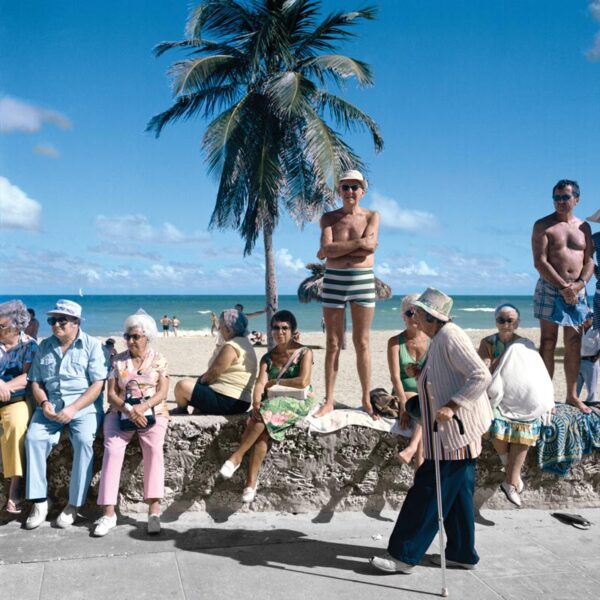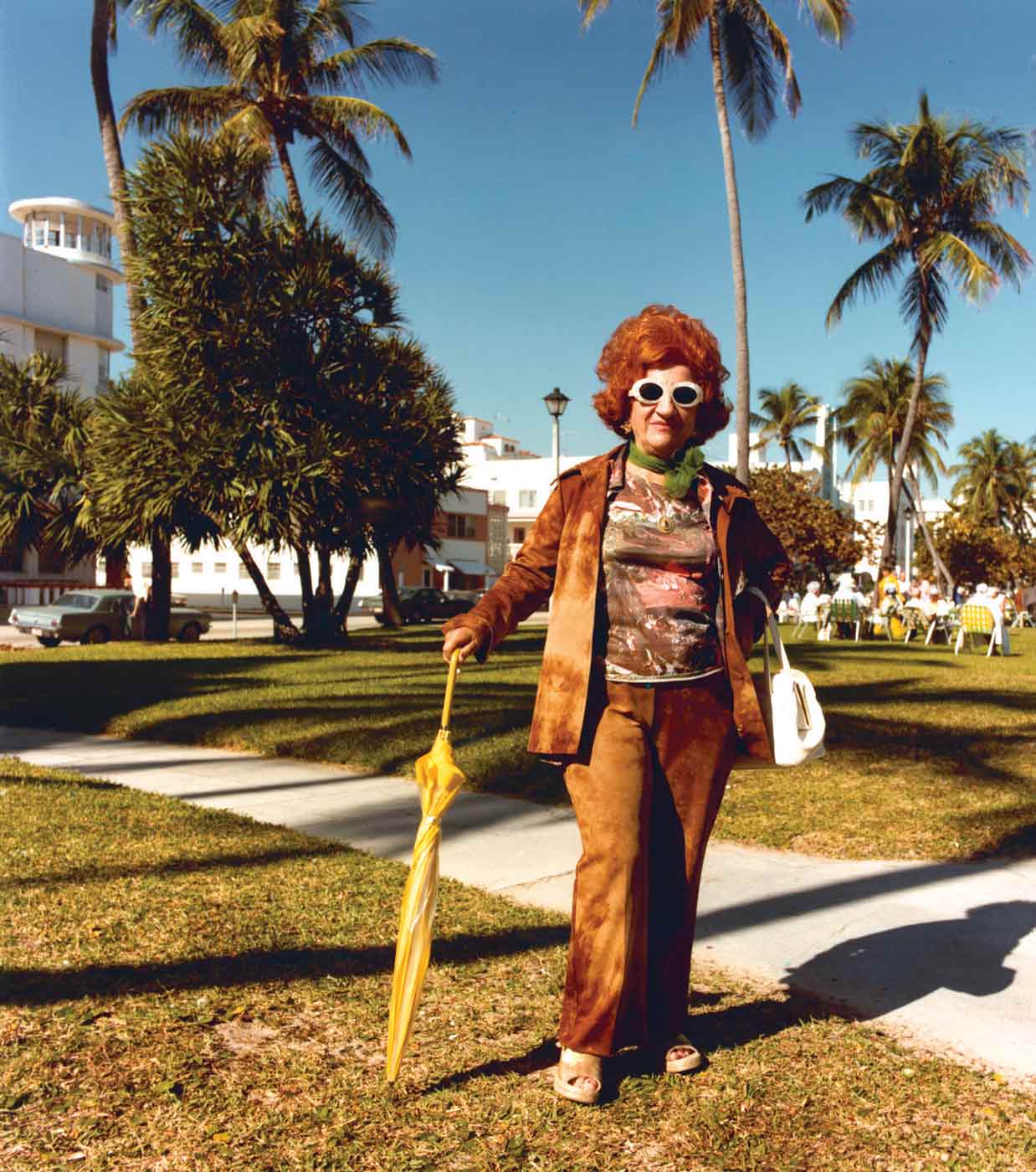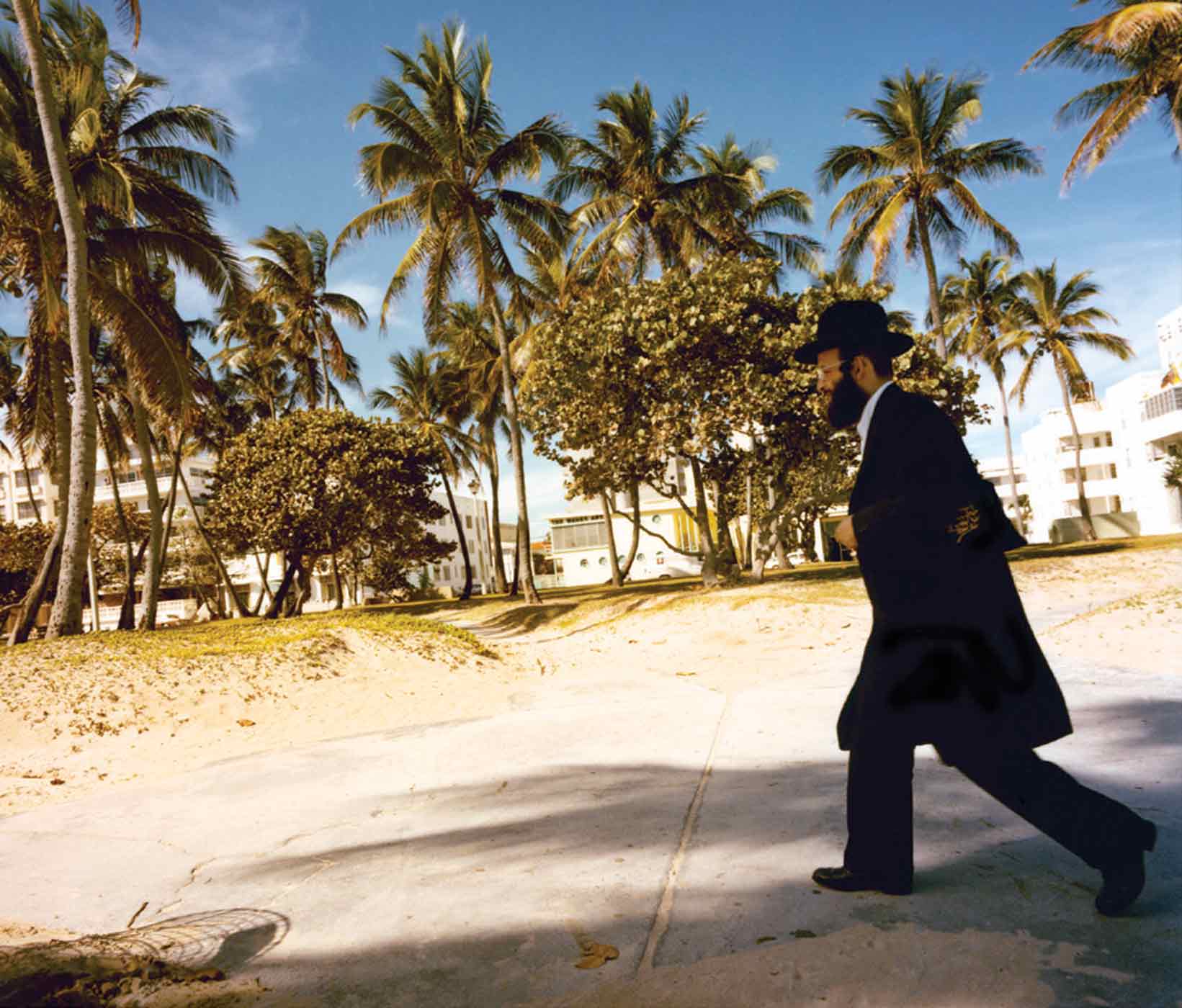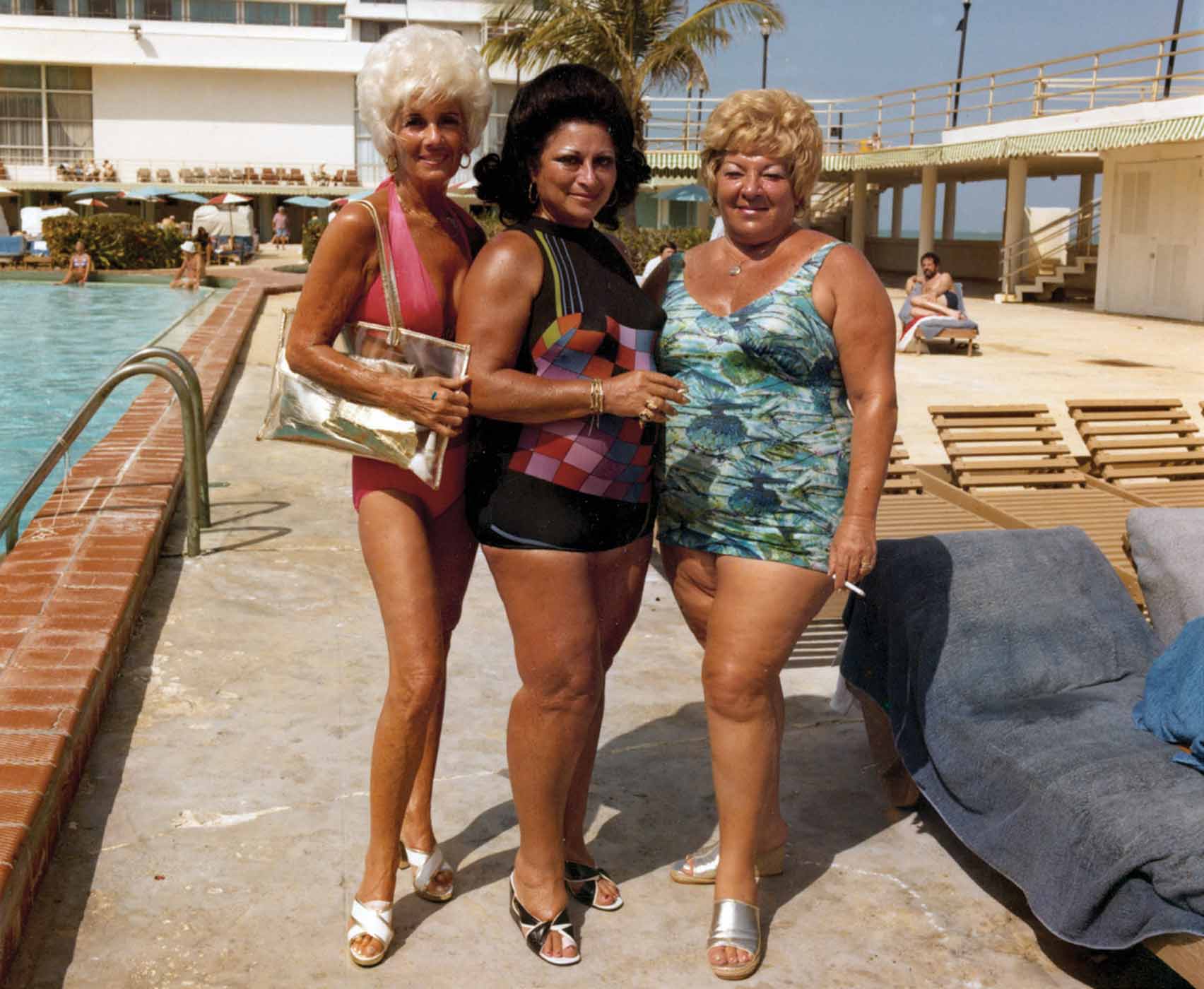POSTCARDS FROM SOUTH BEACH
By Contributor
The late Andy Sweet’s photographs document the rich Jewish life and culture of South Beach in the 1970s.
By Contributor
The late Andy Sweet’s photographs document the rich Jewish life and culture of South Beach in the 1970s.

Andy Sweet had heard the stories from his own family—the tales of romance and laughter for a group of Holocaust survivors who found respite in Miami’s South Beach in the 1960s and 1970s.
Rents were cheap and the water was warm. This new influx of recent retirees created a vibrant, welcoming culture where their Judaism could not only survive, but thrive. There were bar mitzvahs and other holy observances, indoors and out. And plenty of sunshine.
Sweet, a young artist who earned an MFA from the University of Colorado photography school, recognized the unique opportunity to document the lives of the Jews of South Beach—launching what was meant to be a 10-year project in 1977. He began taking photos of South Beach scenes that told sun-drenched stories of renewal, hope, and happiness that didn’t seem possible just decades before.
It was a gift to the community, an initiative that got cut short when Sweet was brutally stabbed to death in 1982.


Some of the images he captured during that time will be included in a new exhibit, Shtetl in the Sun: Andy Sweet’s South Beach 1977-1980, at the Illinois Holocaust Museum & Education Center, opening December 10 and running through next October The exhibit features 59 photos—some of which will be displayed in large 4’ by 4’ format—depicting a thriving community of Jews claiming a new future for themselves in the Miami sun.
Arielle Weininger, Chief Curator of Collections and Exhibitions at the museum, says the significance of Sweet’s work is that it shows Holocaust survivors not just living, but happily doing so—the polar opposite of what the Nazis tried to snuff out.
“The color quality and the vibrancy of these images and the construct of how he’s creating them—often placing his subjects somewhat posed in the center of the frame—is visually stunning,” Weininger says. “There were 20,000 Jewish residents in South Beach, the vast majority of them Holocaust survivors and we see them at the end of their lives when according to Hitler they shouldn’t exist, yet they have survived and they’re not only living, but they’re also living the best lives that they can.”
One reason South Beach became a destination was because it was affordable. Many Holocaust survivors were on fixed incomes, and they could rent rooms in small hotels along Ocean Drive. They threw parties and had romances. They found joy.
“We so often at the museum talk about the resiliency of our survivors and how they lived lives and had families and jobs after the war and this is an absolute celebration of that narrative,” says Weininger. Sweet was the perfect person to chronicle that narrative. His father was a lawyer and judge and head of the bar association in the South Beach area; his mother was a social worker from a family of hoteliers who owned the Royal Palm Hotel.
However, soon after Sweet launched the South Beach project with his friend, Gary Monroe, he began to see the challenges ahead. By 1980, the Jews of South Beach began to get displaced by Cuban immigrants, and many Jews moved more north of Miami.
The window of time to capture this story was closing, which motivated him even more.
“It’s clear that Andy’s Judaism was important to him and this is what he chose to focus his work on,” Weininger says. “He recognized an opportunity at just 25 years old to create these pictures.”


The fact that Sweet’s photos exist at all is a story in and of itself. After he was killed, the negatives were stored in boxes in an art storage facility in Miami, but due to a mix-up with rental payments, the boxes were destroyed, so his entire archive was lost.
Years later, the family found one box of prints and contact sheets and through the hard work of Andy’s sister and her husband, the contact sheets were scanned, and color corrections made based on images at the time.
“That’s how we have these images,” says Weininger. “It’s really a wonder that we even have these and it’s all thanks to his family and the work that they did.”
Shtetl in the Sun: Andy Sweet’s South Beach 1977-1980 runs from December 10 to October 14 at the Illinois Holocaust Museum & Education Center in Skokie. For more information and to purchase tickets, visit ilholocaustmuseum.org.
Sign Up for the JWC Media Email